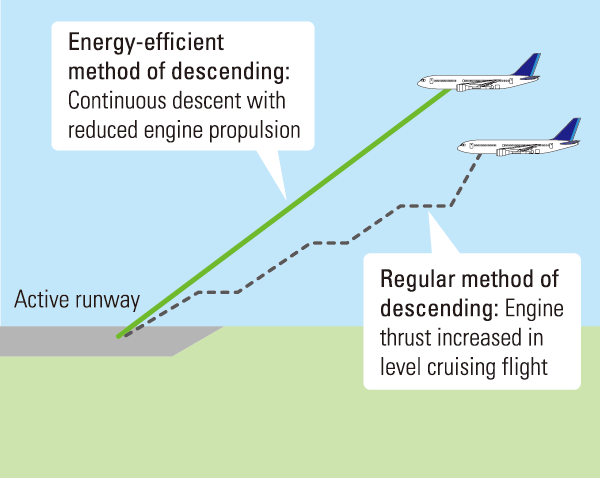

Typically if you are entering a traffic pattern at an airport, you probably want to be at that altitude 2 or 3 miles from the airport. Water weighs 8.34 pounds per gallon, or a little over 62 pounds per cubic foot. An optional higher wing loading can further increase the cruise speeds. Customers can also opt for high-aspect wings, which increase the in-flight time. The time spent on take-off or landing is minimal. How do airplanes hold the centerline during takeoff and landing. The importance to weight and balance of pumping out the float compartments should be obvious. The landing area required for the VTOL aircraft is about one-third of that needed by similar UASs with the same wingspan. On the VNAV page you enter the destination, desired altitude that you will be descending to (AGL or MSL altitude), and distance from the airport where you want to be at this altitude. Also, in almost all cases, the descent happens in increments, followed by brief periods. Learning to use it is a worthwhile exercise and not difficult. If you have a GPS with a VNAV function, it will do this calculation for you. At 120 knots which is two miles per minute (120 nautical miles per hour divided by 60 minutes = 2 miles per minute), you need to begin your descent 16 miles out.


At 500 ft/min, it will take you 8 minutes to lose 4,000 feet. Let’s say traffic pattern is 1,000 feet AGL, and you need to lose 4,000 feet to get from your cruising altitude (5,000 ft) to pattern altitude. Pressure changes will occur slowly in an unpressurized aircraft.Īlso, keep in mind that ATC will expect a minimum rate of 500 ft/min on an IFR flight plan unless you advised them otherwise. Generally, passengers will not be alarmed by a decent rate of 500 ft/min. “500 feet per minute is a good rate to work with.


 0 kommentar(er)
0 kommentar(er)
